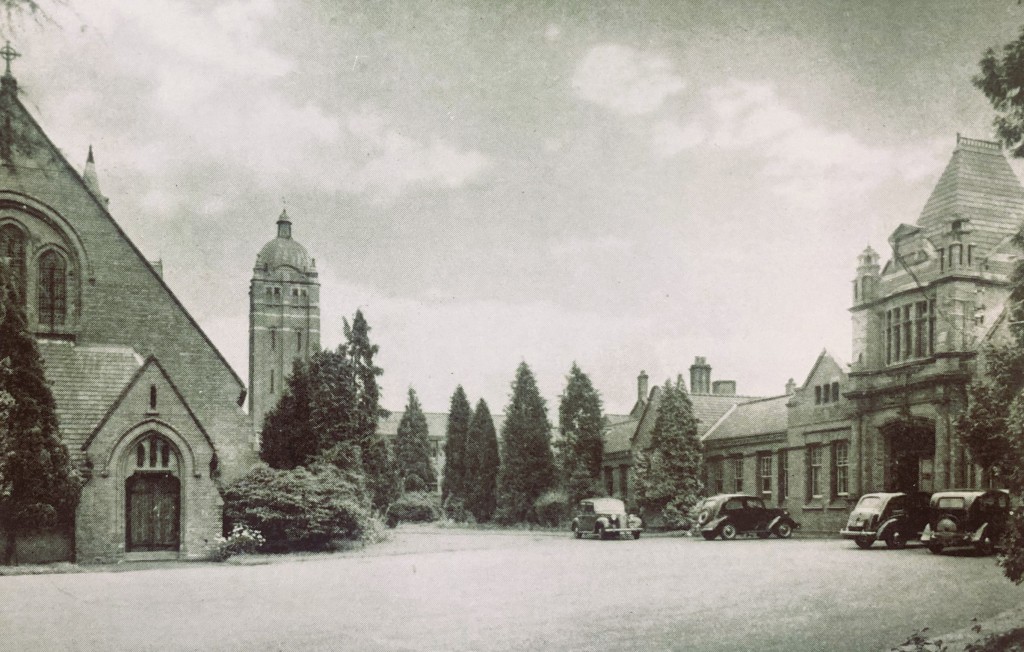Movember is an annual global event which takes place each November. Its aim is to raise public awareness of men’s health, be it physical or mental. There are assumptions men generally don’t look after their physical and mental wellbeing or necessarily know how to seek support. The goal of the Movember Foundation is to ‘change the face of men’s health’ by starting a conversation about concerns and how to access resources.
Recent Office of National Statistics (ONS) data has identified three quarters of suicides in the UK are amongst men, with men aged 40–49 having the highest rate. Other statistics such as three quarters of adults who go missing are men and nearly 90% of rough sleepers being male can paint a bleak picture. What has happened to a man’s identity and self-worth to make him consider ending his life or decide to step away from what are considered societal norms especially when he faces emotional trauma? Is his sense of what it means to be a man or male shattered and forever irreparable? It’s almost as if when the facade of masculinity slips and exposes the true self, that questions about a man’s gendered identify and virility are asked. A man is engendered so hard with the message to keep a grip on his emotions, that should he need to express his tensions and anxiety, his punishment is to face questions about his masculinity. Only recently, the boxer Anthony Joshua received criticism for exhibiting emotion at a press conference after a fight in which he came close to tears.
This prompted me to contemplate how previous generations responded to men experiencing psychological crisis, especially considering there were two periods of overwhelming global emotional and mental trauma in the first half of the twentieth century. I thought the archive and library collections here at the Library of Birmingham would be an apt location to delve into surviving records and materials.
Much has understandably been written about the psychological trauma of World War One and the documentation of shell shock and behaviours which would now be diagnosed as Post-Traumatic Stress Disorder (PTSD). What about the psychological effects of experiencing conflict in the Second World War? I can remember a time I was at school in the 1970s and ’80s being taught by teachers who had experienced the ravages of conflict – otherwise gentle and upstanding men who would suddenly erupt into acts of verbal and physical violence. Was this a manifestation of untreated and undiagnosed trauma?
Before I proceed any further, I must say I am indebted to two books which have supported the following section of the post:
- Bion, Rickman, Foulkes and the Northfield Experiments by Tom Harrison (2000), L 46.7
- History of Hollymoor Hospital by Fay Crofts (1998), L 46.337
The Northfield Experiments
Hollymoor Hospital stood on Tessal Lane, Northfield. It was opened in 1905 and had closed by July 1994.
The hospital played a significant role in World War Two housing, amongst others, survivors of Dunkirk and the 1940 air raids on Birmingham. By 1942 the hospital functioned primarily as a military psychiatric hospital and was renamed as the Northfield Military Hospital. Two psychoanalysts, Wilfred Bion and John Rickman developed what would become known as the ‘Northfield Experiment’. The emphasis of the experiment was on group therapy work rather than individual psychotherapy sessions, encouraging the men to engage in problem solving tasks and simultaneously nurturing cooperative working. Cultivating a ‘good group spirit’ to assist rehabilitation. Rather than focus on how successful the completion of the task was, the men would be directed to give their attention to overcoming the struggles and tensions which arise as a process of group activity. Group sessions took the form of open ward gatherings and leisure activities. If the men were unable or unwilling to participate in activities, they could sit out on that day’s session.
Each day there would be a ritual, what became known as the ‘Parade’. It was an opportunity for communal announcements to be made but it also served as an opportunity for the men to look at the framework of psychiatric care offered in the hospital. The men would be encouraged to work through what had prompted a particular stressful emotional response. The aim of the experiment according to Bion was to produce, “self-respecting men socially adjusted to their community and consequently willing to accept responsibilities whether in peace or war time”. A process of creating resilience in the individual to cope with future emotional triggers. Encouraging self-reflection on the therapeutic processes offered so the men could appreciate why they had responded in a particular way, rather than simply accept the word of the therapist to inform them they had been cured or not.
The powers that be were not happy with the practices in operation and only six weeks after taking up post, Bion and Rickman were removed. A second Northfield Experiment based on the ideas of the two psychoanalysts came into being a year later under the supervision of Siegmund Foulkes who was more successful at placating the military authorities. Group psychotherapy was one of the central practices and the phrase Therapeutic Community was coined to describe the model of operation in place.
Records of soldiers who received psychiatric care at the hospital during war time were removed by military authorities once the hospital stopped serving as a military establishment. Surviving records are held by the Ministry of Defence who are now in the process of moving some records to the National Archives at Kew.
Come along to our free pop-up exhibition ‘Men’s Mental Health: Healing Identities’ on Saturday 9th December 13.00-16.00, where we’ll be featuring some of the sources mentioned above, along with other material from our collections exploring mental health over time. We look forward to seeing you there!
Paul Taylor, Archives & Collections Coordinator


